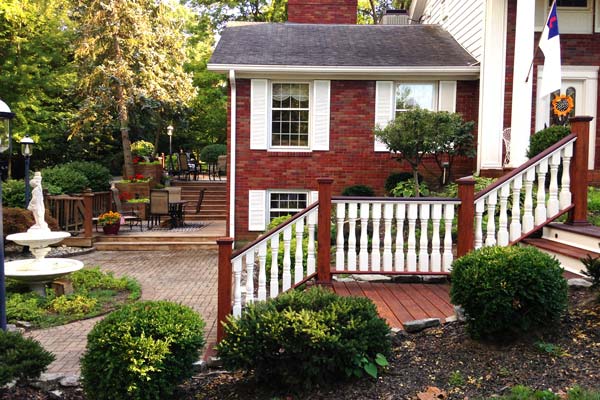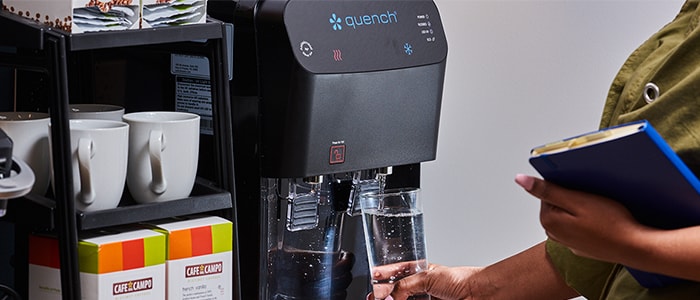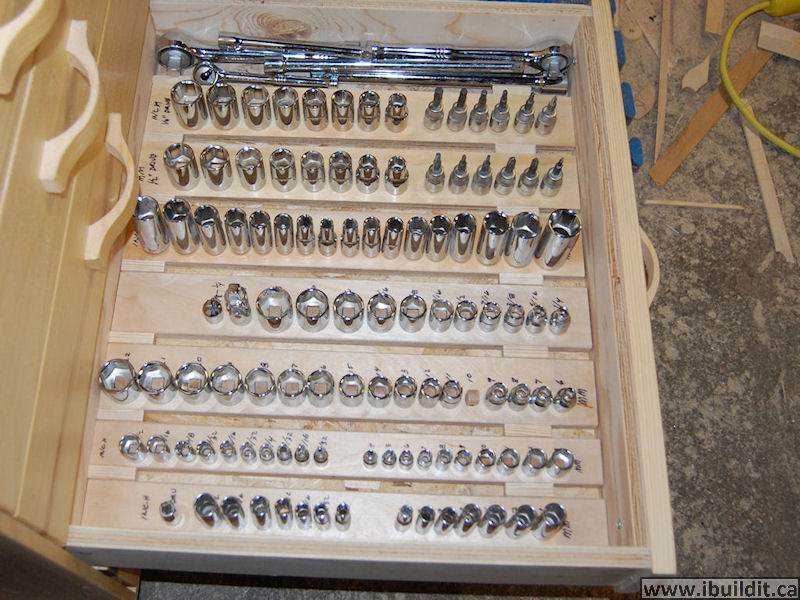Generators provide valuable backup power in an emergency or natural disaster. But they can also be dangerous if they’re too close to your home or business.
Generator exhaust contains carbon monoxide (CO), a colorless, odorless gas that causes health problems and death if exposed for a long time.
According to the US Centers for Disease Control & Prevention, generator exhaust can cause:
- headaches
- nausea
- dizziness
- fatigue
- disorientation
These can happen within minutes of exposure.
So, how far should a generator be from the house?
How Far From the House Should You Place a Generator
According to Consumer Reports, the safe distance for generator placement is at least 20-25 feet from the house. If you need more cord length, install an extension cord between the generator and your home.
Although some cases call for closer placement/installation, placing it 20 feet away is safest. Putting it in an open, well-ventilated area and out of children’s reach reduces injury while improving safety.
However, placing it closer may be necessary if flooding is likely where you live. With that in mind, always remain alert during emergencies and consider safety at all times!
The possible downside of placing it far away
On the flip side, you shouldn’t place your power source too far away from the house.
Running it far away increases energy losses when feeding power from the generator to your home. This reduces your unit’s efficiency and can be costly depending on the fuel type.
Generator Safety Concerns: Why is this Distance Important?
Generators are a vital part of any emergency kit- but they can be dangerous if not used properly. These risks explain the need to install them at a safe distance. Some of their dangers include:
Carbon monoxide
There are a few points to check when determining the safe distance for generators. The main concern is carbon monoxide poisoning, and placing your unit too close can increase your risk of CO poisoning.
CO is a toxic, colorless and odorless gas that can be deadly. When operating a generator, be sure to keep it away from any open windows or doors.
Fire
Another safety concern is fire. Be sure to keep the unit away from flammable materials such as gasoline, propane, or natural gas. Always operate the generator in a well-ventilated area.
Heat
Generators also produce heat, so you’ll need to keep them in an area with lots of air circulation. And remember: never use generators indoors or in poorly ventilated spaces!
Fumes
Smoke and fumes are another obvious concern. Always place the unit with the exhaust pointing away from your house.
Electrocution
Finally, don’t put extension cords on top of the ground because they could come into contact with water and cause electrocution. The generator should be higher on bricks, a thick concrete slab, or wooden blocks to avoid this problem.
Noise
It’s important to consider distance based on how much noise your generator produces. Too much noise can be a deal breaker, so it’s best to place yours far away if it runs too loud.
Always consider these dangers and take precautions when using generators and storing fuel so your family stays safe!
Check Local Building Codes & Regulations to Find the Accurate Distance
Remember, the safe-distance may vary by state and county. You can learn more about this question by checking your local building codes and regulations.
But there are a few rules of thumb to guide homeowners. For example, most states mandate that they be placed in an area not less than 10 feet from any structure and must have at least 50 feet between them.
Why You Should Install a CO Detector & Other Generator Safety Gadgets
CO detectors
Carbon monoxide poisoning often causes flu-like symptoms such as headaches, dizziness, nausea, and vomiting. CO detectors are a must if you have a generator because they will warn you of high levels of CO in your home as soon as it becomes dangerous to be inside.
Surge protectors
Also, for most home appliances, you shouldn’t rely on your generator to power them all. In some cases, you’ll need to reduce energy consumption and use small amounts of electricity from your generator, which is where surge protectors come in.
This device limits electrical power from your unit to protect sensitive electronics and prevent overloading. When shopping for one, go for high joule ratings— 10 or higher—as they provide more protection than lower-joule models.
Automatic shutoffs
Some surge protectors come with automatic shutoff features if there’s an overload or low voltage. These options may cost more than basic models but can help protect against surges and voltage spikes during harsh weather.
Investing in these devices before the storm hits is essential, so you don’t get stuck during an emergency.
Last Words
Carbon monoxide is the biggest concern because it’s a deadly gas! When determining how far to place a unit from your house, consider its:
- size
- noise level
- fuel used
- other potential hazards
The generator should be far enough away to avoid potential dangers but close enough for the extension cords.
Also, be sure to keep it dry and away from any flammable materials. Following these simple guidelines will reduce safety concerns when running your unit.






